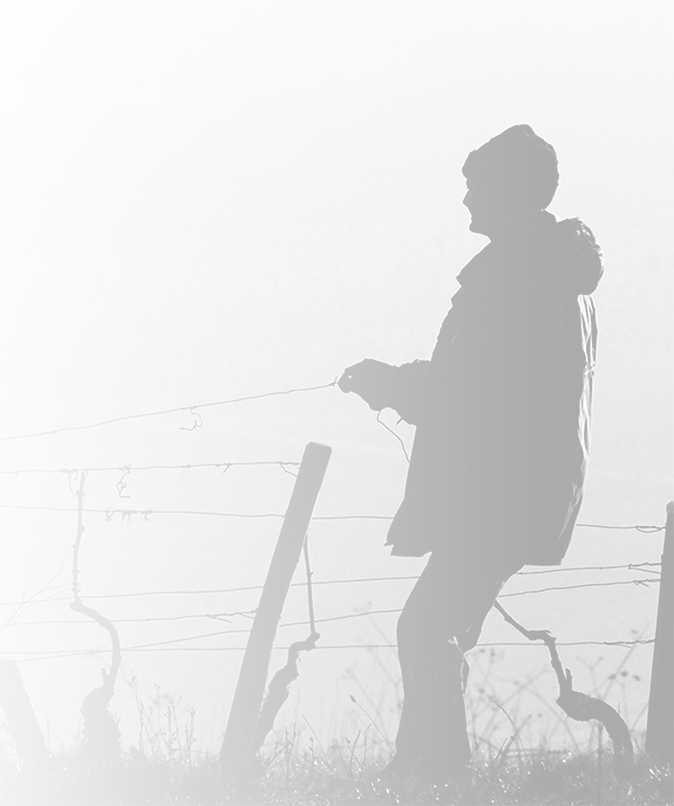While some rosé styles are quite distinct there are others where I find it helpful to think of the nearest parallel in terms of white or red wine for a pairing. Here’s a round-up of the matches that I think work best
1) Light dry rosés – e.g. Most Provençal rosés, Pinot Noir based rosés from Burgundy and the Loire, and Italian Bardolino Chiaretto
The nearest equivalent to this style of rosé is crisp dry white wines such as Pinot Grigio and they’ll go with similar food: principally light salads, light pasta and rice dishes, especially with seafood, raw and lightly cooked shellfish and grilled fish and goats’ cheeses. Perfect hot weather drinking.
2) Light off-dry rosés e.g. other Loire and traditional Portuguese rosés with a touch of sweetness such as Rosé d’Anjou and Mateus Rosé
Partly a question of taste. If you prefer this style to the one above you can drink it with similar foods though it will probably be more successful with salads than with raw fish. Can be useful with mildly spiced curries and rice dishes
3) Medium dry rosés – e.g. white Zinfandel and sparkling Zin
The category that used to be called blush. Again, if this is the style you like you’ll want to drink it with all the foods mentioned in 1) above. But those who prefer this style of rosé may also find it useful with spicy food and as a dessert wine (it’s spot on with unsweetened strawberries and not oversweet strawberry tarts)
4) Medium-bodied dry rosés e.g. Southern French (Rhône and Languedoc) and Spanish rosés from Rioja and Navarra
A hugely versatile style that will stand up to big flavours such as anchovy, olives, garlic, saffron and pimenton. So they would be the ideal style to drink with tapenade or a salade Niçoise, a paella or grilled chicken, fish or lamb with herbs. A good wine for barbecues if you don’t like your rosés as strong and sweet as 6) below. Also enjoyable with rustic pâtés and terrines, other charcuterie. ham and sheep’s cheese.
5) Elegant, fruity rosés – e.g. Merlot-based Bordeaux rosé, More expensive Provençal rosés such as Bandol and Palette
Classy, grown-up rosés which I find it helpful to equate to Pinot Noir. Drink them with serious seafood such as lobster, seared salmon, tuna or duck and delicately cooked rare lamb. Good too with white-rinded cheeses such as Camembert and Brie so long as you don’t let them get too ripe and runny.
6) Full-bodied fruity rosés – e.g. Syrah and Cabernet rosé from Chile, California and Australia
Nearer a full-bodied red than a rosé – big, bold and bursting with fruit. Often quite high in alcohol but it tends not to show because they’re not tannic and served chilled which makes them ideal for a barbecue and for drinking with spicy food such as curries. Also good with ripe peaches. Very much the modern rosé for contemporary food.
7) Sparkling rosé e.g. Cava, Australian and New Zealand sparkling rosé
Covers a range of styles from dry to medium dry. Lighter, drier ones make ideal party drinking (Cava rosado is good with tapas), sweeter ones could be poured at a tea party with cakes, muffins and fruit tarts.
8) Rosé Champagne – Again there’s a variation in style between lighter and more full-bodied ones. Lighter styles suit canapés and the type of foods mentioned in 1) above, more substantial vintage rosé Champagne can take on grilled lobster and grilled and roast rare lamb or game like pigeon, pheasant or grouse.
Morbi accumsan gravida velit scelerisque aliquam. Proin efficitur magna in elementum ornare. Nullam finibus tempor libero, non pretium magna lacinia nec. Quisque eu suscipit sapien, vel viverra velit. Aliquam semper ante dolor, lacinia venenatis enim aliquet eget. Vestibulum maximus leo nec enim maximus, quis laoreet elit sagittis. Lorem ipsum dolor sit amet, consectetur adipiscing elit.
Phasellus bibendum vehicula erat vitae sodales. Morbi egestas nunc vitae mollis vestibulum. Suspendisse facilisis purus sed nulla dictum, non porta erat fringilla. Vestibulum luctus ultricies ullamcorper.



